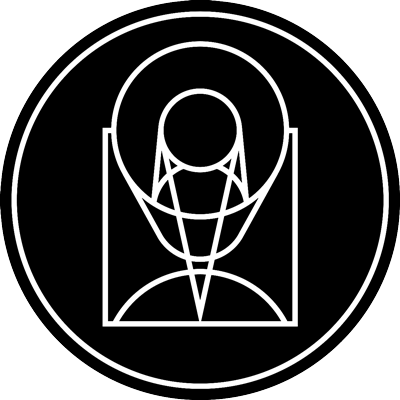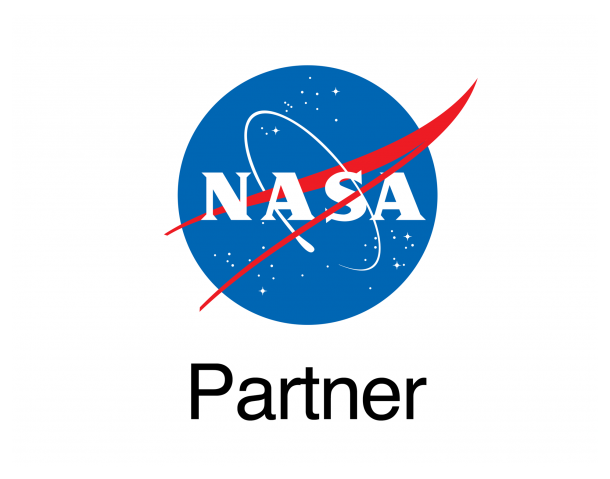- Image Type
- Subject
- Spectral Band
- Locale
- Image Channels
- Image Coordinates
- Telescope Facility
- Publisher
Scroll to load additional results for large searches. Thumbnails may rearrange to maintain sort order until page is fully populated.
NGC 4993
![]()
![]()
VLT/MUSE image of the galaxy NGC 4993 and associated kilonova
This image from the MUSE instrument on ESO’s Very Large Telescope at the Paranal Observatory in Chile shows the galaxy NGC 4993, about 130 million light-years from Earth. The galaxy is not itself unusual, but it contains something never before witnessed, the aftermath of the explosion of a pair...
NGC 4993
![]()
![]()
VIMOS image of galaxy NGC 4993 showing the visible-light counterpart to a merging neutron star pair
This image from the VIMOS instrument on ESO’s Very Large Telescope at the Paranal Observatory in Chile shows the galaxy NGC 4993, about 130 million light-years from Earth. The galaxy is not itself unusual, but it contains something never before witnessed, the aftermath of the explosion of a...
NGC 4993
![]()
![]()
GROND image of kilonova in NGC 4993
Image obtained by ESO's Gamma-ray Burst Optical/Near-infrared Detector (GROND) attached to the MPG/ESO 2.2-metre telescope at La Silla Observatory.
NGC 4993
![]()
![]()
The sky around the galaxy NGC 4993
This wide-field image generated from the Digitized Sky Survey 2 shows the sky around the galaxy NGC 4993. This galaxy was the host to a merger between two neutron stars, which led to a gravitational wave detection, a short gamma-ray burst and an optical identification of a kilonova event.
GRB170817A in NGC 4993
![]()
![]()
![]()
Gravitational wave source in NGC 4993
Neutron Star Collision Cooks up Exotic Elements, Gravitational Waves
GRB170817A in NGC 4993
![]()
![]()
![]()
Gravitational wave source in NGC 4993
Neutron Star Collision Cooks Up Exotic Elements, Gravitational Waves
GRB170817A in NGC 4993
![]()
![]()
![]()
Gravitational wave source in NGC 4993
Neutron Star Collision Cooks up Exotic Elements, Gravitational Waves
NGC 4993
![]()
![]()
![]()
Flicker of A Neutron Star Merger in Infrared Light
NASAs Spitzer Space Telescope has provisionally detected the faint afterglow of the explosive merger of two neutron stars in the galaxy NGC 4993. The dot framed by the markers may be one of the last detections made in infrared light of this event.
NGC 4993
![]()
![]()
![]()
Infrared View of NGC 4993, Host Galaxy to a Neutron Star Merger
NASAs Spitzer Space Telescope has provisionally detected the faint afterglow of the explosive merger of two neutron stars in the galaxy NGC 4993. This image shows the Spitzer data, but the faint light from the explosion is to faint to be easily seen mixed in the light of the other stars in the...
NGC 4993
![]()
![]()
![]()
Spitzer Sees Flicker of Neutron Star Collision
NASAs Spitzer Space Telescope has provisionally detected the faint afterglow of the explosive merger of two neutron stars in the galaxy NGC 4993. The event, labeled GW170817, was initially detected nearly simultaneously in gravitational waves and gamma rays, but subsequent observations by many...
NGC 4993
![]()
![]()
NGC 4993 seen with Hubble
The lenticular galaxy NGC 4993 is located about 130 million light-years from Earth. On 17 August 2017 the Laser Interferometer Gravitational-Wave Observatory (LIGO) and the Virgo Interferometer both detected gravitational waves from the collision of two neutron stars within this galaxy. The...
NGC 4993
![]()
![]()
Wide-field view of NGC 4993 (ground-based view)
This image shows the sky around the lenticular galaxy NGC 4993. Within this galaxy Hubble discovered the first visual counterpart of a gravitational wave event the merger of two neutron stars.

















